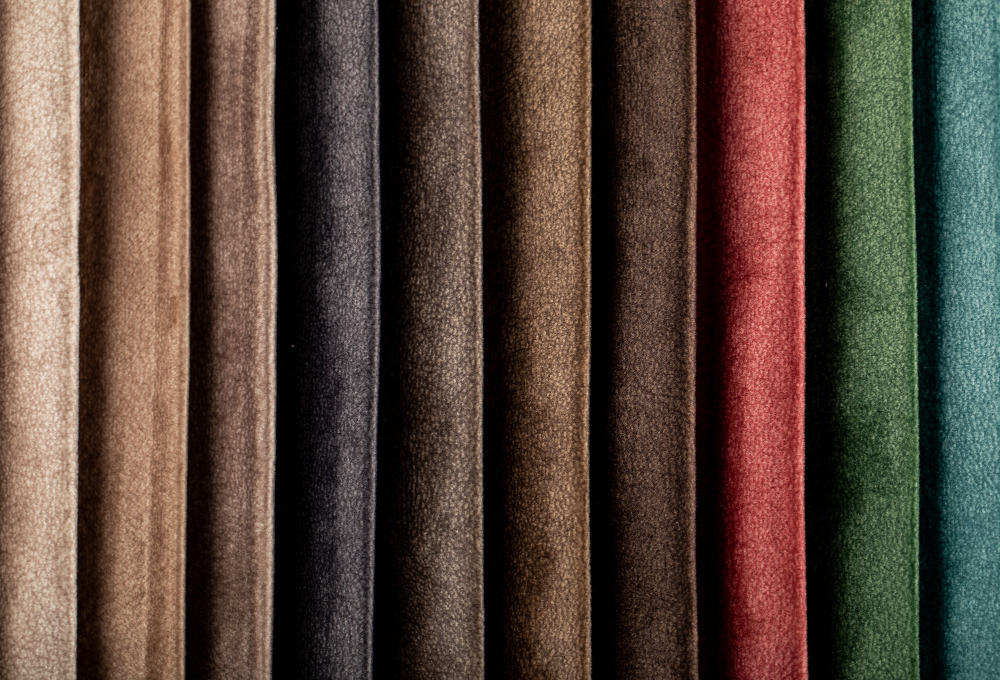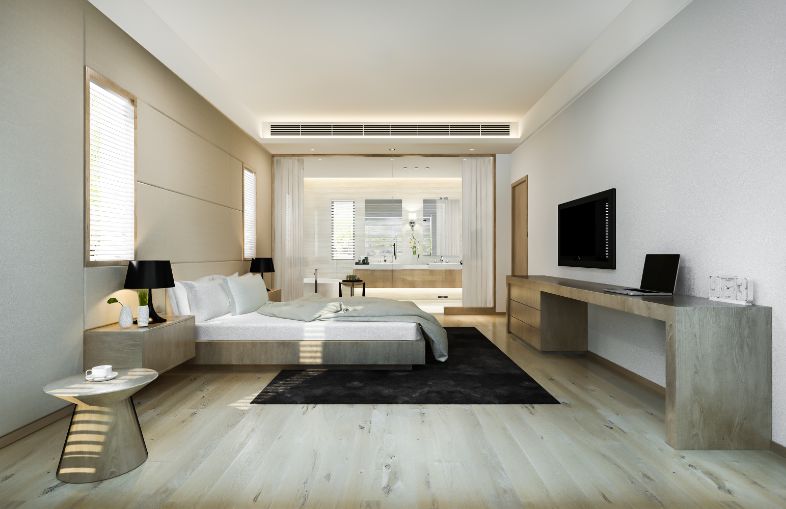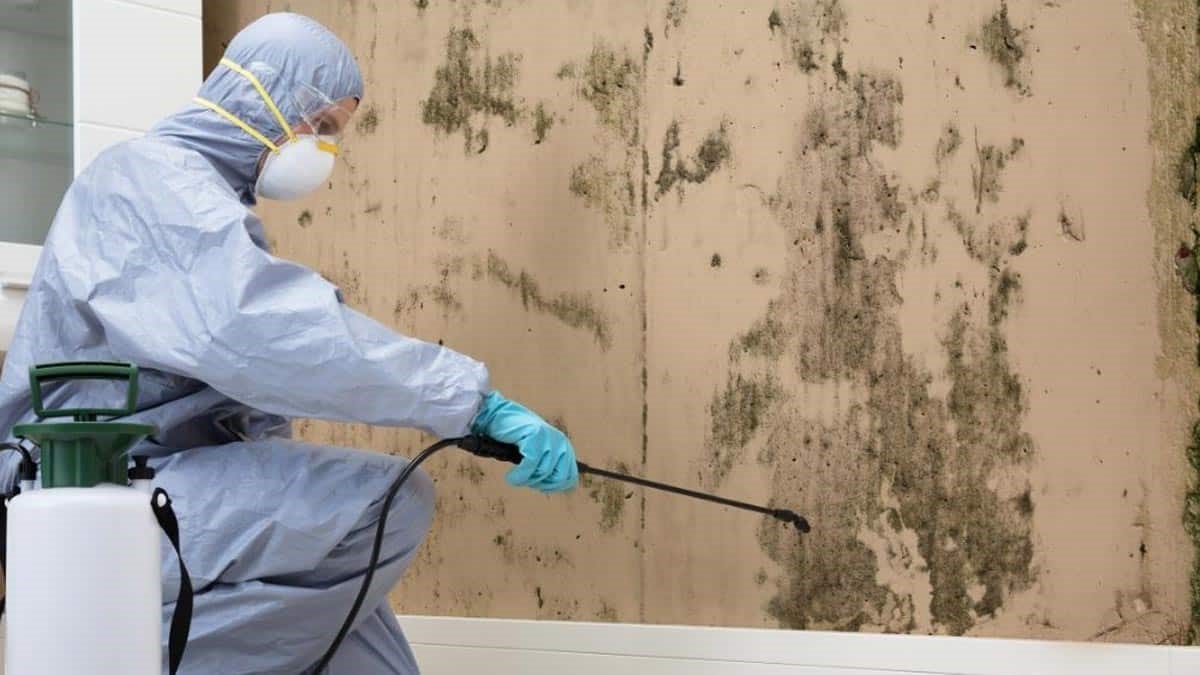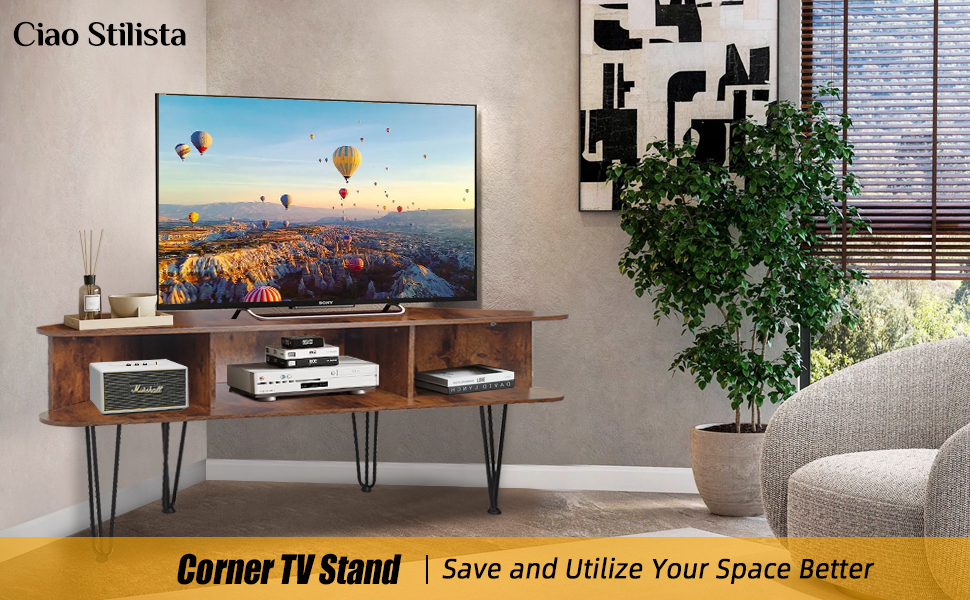In the world of interior design, the modern and minimalist aesthetic has gained immense popularity for its clean lines, uncluttered spaces, and focus on functionality. When it comes to upholstery, choosing the right fabric is crucial to achieving this look. The ideal upholstery fabric for a modern and minimalist interior should not only complement the overall design but also offer durability, ease of maintenance, and a sleek appearance. This article will explore the best Upholstery Fabric that can help you create a contemporary and minimalist ambiance in your living space.
Understanding Modern and Minimalist Design
Before delving into specific fabric choices, it’s essential to understand the principles of modern and minimalist design. Modern design emerged in the early to mid-20th century, characterized by simple forms, clean lines, and a focus on function over ornamentation. Minimalism, which gained prominence in the 1960s and 1970s, takes these principles even further, emphasizing extreme simplicity and the concept of “less is more.”
In a modern and minimalist interior, furniture plays a significant role in defining the space. Upholstery fabrics should contribute to the overall aesthetic by featuring:
-
Solid colors or subtle patterns
-
Smooth textures
-
Neutral or muted color palettes
-
High-quality, durable materials
-
Easy-to-clean surfaces
With these principles in mind, let’s explore some of the best upholstery fabrics that can help you achieve a modern and minimalist look.
Linen: The Epitome of Understated Elegance
Linen is an excellent choice for modern and minimalist upholstery due to its natural, understated elegance. This fabric, made from the fibers of the flax plant, offers a range of benefits that align perfectly with contemporary design principles:
-
Texture: Linen has a distinctive, slightly irregular texture that adds subtle visual interest without overwhelming the space.
-
Color options: While often associated with neutral tones, linen is available in a wide range of colors, allowing you to choose shades that complement your minimalist color scheme.
-
Durability: Despite its lightweight appearance, linen is surprisingly durable and can withstand regular use.
-
Breathability: Linen’s natural breathability makes it comfortable in various climates, ensuring your furniture remains inviting year-round.
-
Eco-friendliness: As a natural fiber, linen is biodegradable and sustainable, aligning with the growing trend of eco-conscious design.
When selecting linen upholstery, opt for tightly woven varieties to ensure maximum durability. Consider treating the fabric with a stain-resistant finish to improve its resistance to spills and stains, maintaining the clean look essential to minimalist design.
Wool: Luxurious Comfort Meets Modern Aesthetics
Wool might not be the first fabric that comes to mind when thinking of modern design, but its versatility and inherent qualities make it an excellent choice for contemporary upholstery:
-
Natural sheen: High-quality wool has a subtle luster that adds depth to solid colors, enhancing the visual appeal of minimalist furniture.
-
Durability: Wool fibers are naturally resilient, making wool upholstery highly durable and resistant to wear and tear.
-
Stain resistance: Wool’s natural oils provide some degree of stain resistance, helping to maintain a clean appearance.
-
Temperature regulation: Wool’s insulating properties make it comfortable in both warm and cool environments, ideal for year-round use.
-
Fire resistance: Wool’s natural fire-resistant properties add an extra layer of safety to your home.
For a modern look, choose wool fabrics in solid colors or subtle textures. Avoid heavy weaves or overly plush varieties that may appear too traditional. Instead, opt for finely woven wool or wool blends that offer a smooth, sleek surface.
Leather: Timeless Sophistication for the Modern Home
Leather upholstery has long been associated with luxury and sophistication, but it’s also an excellent choice for modern and minimalist interiors:
-
Sleek appearance: High-quality leather offers a smooth, uniform surface that aligns perfectly with minimalist aesthetics.
-
Durability: Genuine leather is extremely durable and can last for decades with proper care.
-
Easy maintenance: Leather is relatively easy to clean and maintain, requiring only occasional wiping with a damp cloth.
-
Aging gracefully: Unlike some fabrics that may look worn over time, leather often develops a desirable patina that adds character to your furniture.
-
Versatility: Leather comes in various colors and finishes, allowing you to choose options that complement your modern design scheme.
When selecting leather for a minimalist look, consider smooth, matte finishes rather than heavily textured or glossy varieties. Opt for neutral colors like black, white, gray, or tan to maintain a clean, uncluttered appearance.
Microfiber: High-Performance Fabric for Modern Living
Microfiber is a synthetic fabric that offers numerous benefits for modern and minimalist upholstery:
-
Smooth texture: Microfiber’s ultra-fine fibers create a smooth, velvety surface that looks sleek and contemporary.
-
Stain resistance: The tight weave of microfiber makes it highly resistant to spills and stains, ideal for maintaining a clean minimalist look.
-
Durability: Microfiber is known for its strength and resistance to wear, making it suitable for high-traffic areas.
-
Easy cleaning: Most microfiber upholstery can be easily cleaned with water or mild soap, simplifying maintenance.
-
Color retention: Microfiber holds dye well, ensuring that your furniture maintains its color over time.
For a modern aesthetic, choose microfiber upholstery in solid colors or subtle textures. Avoid overly plush or fuzzy varieties that may detract from the clean lines of minimalist furniture.
Cotton: Natural Comfort with Modern Versatility
Cotton is a classic upholstery fabric that can be adapted to suit modern and minimalist interiors:
-
Breathability: Cotton’s natural breathability ensures comfort in various climates.
-
Softness: The inherent softness of cotton makes it inviting and comfortable for everyday use.
-
Versatility: Cotton can be woven into various textures and weights, allowing for customization to suit your design needs.
-
Easy care: Most cotton upholstery is machine washable, simplifying maintenance.
-
Eco-friendliness: As a natural fiber, cotton is biodegradable and can be an environmentally friendly choice.
To achieve a modern look with cotton upholstery, opt for tightly woven, smooth varieties rather than heavily textured or patterned options. Choose solid colors or subtle weaves that complement your minimalist color scheme.
Polyester Blends: Combining Performance with Style
Polyester blends offer a balance of durability, affordability, and style that makes them suitable for modern and minimalist upholstery:
-
Wrinkle resistance: Polyester blends tend to resist wrinkles, maintaining a crisp, clean appearance.
-
Color fastness: These fabrics hold dye well, ensuring that your furniture retains its color over time.
-
Durability: Polyester blends are often more durable than pure natural fibers, making them suitable for high-use furniture.
-
Easy care: Many polyester blends are machine washable or easily cleaned with mild soap and water.
-
Affordability: Polyester blends are often more budget-friendly than some natural fiber options, making them accessible for various design projects.
When selecting polyester blends for a minimalist look, choose fabrics with a smooth finish and minimal texture. Opt for solid colors or subtle patterns that won’t overwhelm the clean lines of your furniture.
Velvet: Adding Luxe Texture to Minimalist Spaces
While velvet might seem at odds with minimalist design, carefully chosen velvet upholstery can add a touch of luxury to modern interiors:
-
Rich texture: Velvet’s plush texture adds depth and visual interest to minimalist furniture without relying on patterns or bold colors.
-
Light play: The way light interacts with velvet creates subtle variations in color and sheen, adding dimension to solid-colored pieces.
-
Comfort: Velvet’s soft texture makes it inviting and comfortable for everyday use.
-
Durability: High-quality velvet can be surprisingly durable, especially when made from synthetic fibers.
-
Color options: Velvet is available in a wide range of colors, allowing you to find the perfect shade to complement your minimalist color scheme.
To incorporate velvet into a modern, minimalist design, choose pieces with simple, clean lines and opt for neutral or muted colors. Avoid overly ornate or traditional furniture styles that may clash with the minimalist aesthetic.
Performance Fabrics: High-Tech Solutions for Modern Living
Performance fabrics are engineered to withstand the demands of everyday life while maintaining a stylish appearance:
-
Stain resistance: These fabrics are designed to repel spills and resist staining, making them ideal for maintaining a clean, minimalist look.
-
Durability: Performance fabrics are often more resistant to wear and tear than traditional upholstery materials.
-
Easy cleaning: Many performance fabrics can be cleaned with just water or mild soap, simplifying maintenance.
-
UV resistance: Some performance fabrics offer UV protection, preventing fading and maintaining color consistency.
-
Versatility: These fabrics come in a wide range of colors and textures, allowing you to find options that suit your modern design scheme.
When selecting performance fabrics for a minimalist interior, look for options with a smooth, uniform texture and choose solid colors or subtle patterns that complement your overall design.
Choosing the Right Fabric for Your Modern, Minimalist Space
Selecting the perfect upholstery fabric for your modern and minimalist interior requires careful consideration of various factors:
-
Functionality: Consider how the furniture will be used and choose a fabric that can withstand the expected level of wear and tear.
-
Maintenance: Think about how much time and effort you’re willing to invest in cleaning and maintaining your upholstery.
-
Color scheme: Select fabrics that complement your existing color palette and contribute to the overall minimalist aesthetic.
-
Texture: While minimalism often emphasizes smooth surfaces, subtle textures can add depth and interest to your space without overwhelming it.
-
Budget: Balance your desire for high-quality materials with your budget constraints, considering long-term durability as well as initial cost.
-
Environmental impact: If sustainability is important to you, consider natural fibers or recycled materials that align with eco-friendly design principles.
-
Light and space: Think about how the fabric will interact with natural and artificial light in your space, as well as how it will contribute to the overall sense of openness and simplicity.
By carefully considering these factors and exploring the various fabric options discussed in this article, you can select upholstery that not only looks beautiful but also enhances the functionality and comfort of your modern, minimalist living space. Remember that the key to successful minimalist design lies in thoughtful curation and attention to detail. Choose fabrics that speak to your personal style while maintaining the clean, uncluttered aesthetic that defines modern minimalism.
conclusion
In conclusion, the best upholstery fabrics for a modern and minimalist look combine simplicity, durability, and understated elegance. Whether you opt for the natural beauty of linen, the luxurious comfort of wool, the sophistication of leather, or the high-performance qualities of synthetic blends, your choice of upholstery fabric plays a crucial role in defining your living space. By selecting fabrics that align with the principles of modern and minimalist design, you can create a harmonious, functional, and visually appealing interior that stands the test of time.




